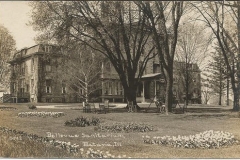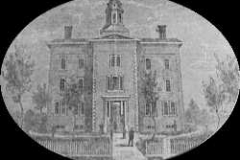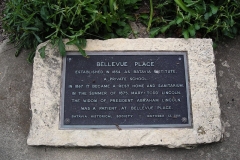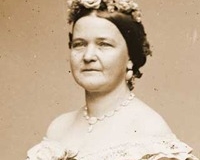
333 South Jefferson Avenue
In the early days of American westward expansion, small towns grew up as people arrived who could do tasks that were needed. Someone to run a saw mill, a doctor to help the sick, a retailer to operate a store. So schools were established as there were people available to serve as teachers. So the small and relatively new town of Batavia was fortunate to be the location of the Batavia Institute.
Built in 1853 as a private institute of higher education, the Batavia Institute attracted students from all over the region, as most of the other towns had only basic schooling for reading, writing and arithmetic. This had been true of Batavia for a long time, which had only a one-room schoolhouse built in 1835. And from 1846 through 1852, a church was used for another schoolhouse, as well.
There were very few high schools in small towns. After the Civil War, more schools started being built as the focus of reconstruction turned toward our communities. In 1867, the Department of Education was created to help states establish effective school systems. Also that year, Batavia built its main school, known then as Central School — and that same year, with the Batavia Institute no longer needed, it was transformed into a rest home and sanitarium, known as Bellevue Place. It is famously known as a resting place for Mary Todd Lincoln, widow of the assassinated President Abraham Lincoln, during the summer of 1875.
The sanitarium closed in 1964, and the building reopened two years later as the Fox Hill Home for Girls — an institution that would care, anonymously, for unwed mothers. Although the Fox Hill Home occupied the building for more than a decade, little information is available about the people who stayed or worked there.
In 1986, the building was converted into residential apartments, and today remains residential, as town home properties.






